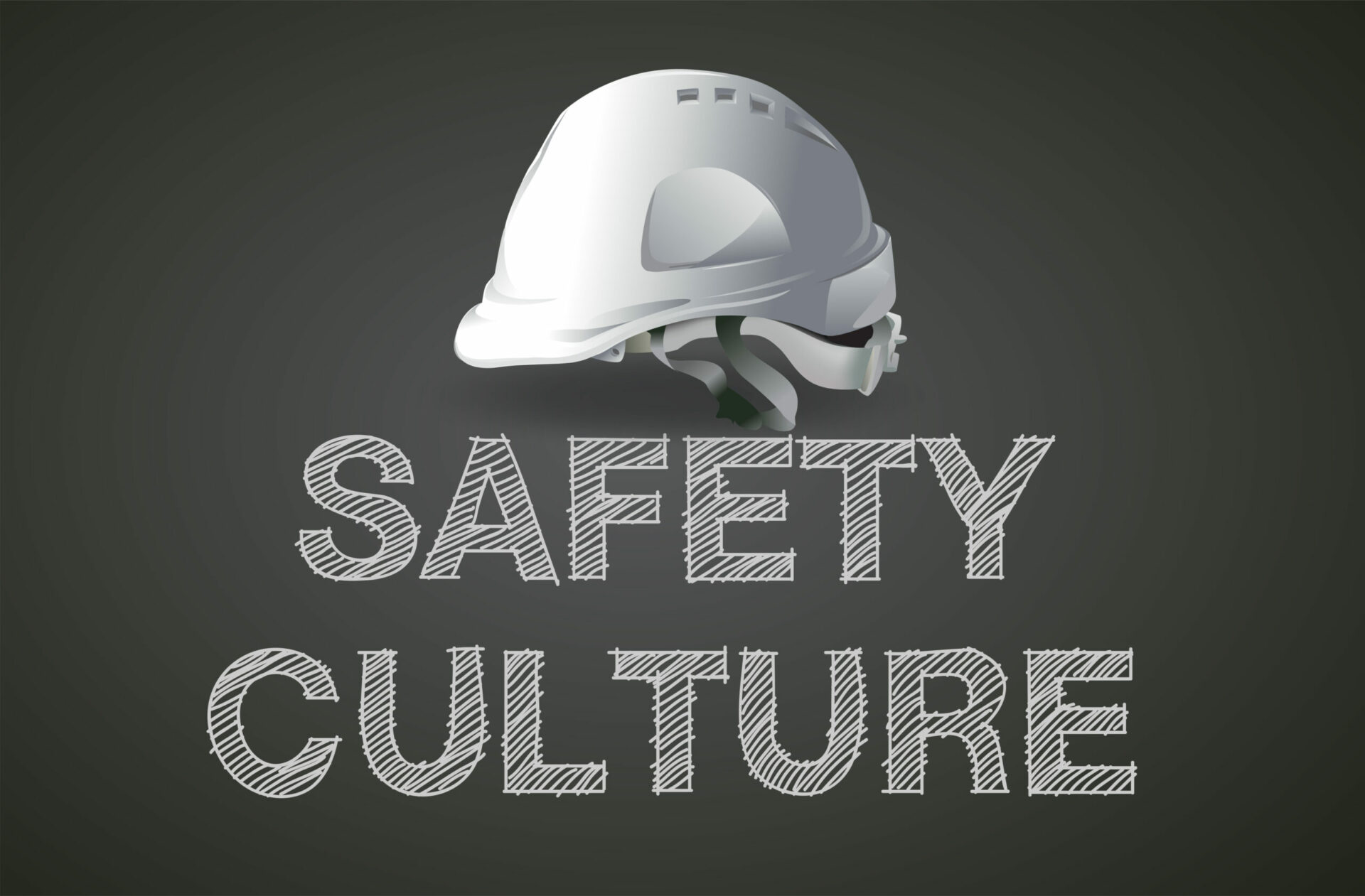In today’s workforce environment, having a safety program “in place” is not enough. It is too easy to let your guard down. Men and women in the workforce need to have an attitude of “Safety is my #1 Priority!” Only then, can risk to injury be mitigated significantly.
You’ll hear the term “Safety Culture” thrown around a bit. What does it mean?
It means, that the entire workforce is “Safety Conscious” and they understand what safety looks like in their own work area. They follow safer practices because they are ingrained into their daily routine. #workplacesafety. The definition of culture is “customs, arts, and achievements, of a nation, people or social group.” Safety should be the “culture” and “customs” of any workforce.
In both 2018 and 2019 more than 5000 workers died from work related injuries. Continuing to promote safety in our workplaces will continue to reduce the number of accidents and fatalities, which would be a great achievement for any workforce. #workplacesafety
How do we create an attitude of safety throughout a workforce? Let’s start at the company level. Creating a safety culture or attitude may seem difficult, but’s really not as challenging as you’d think. The safety of your team or company is not solely based on safety policy and procedure. This safety culture starts with the managers and leaders within a workforce at all levels, from office workers to construction crews. It’s important that they see safety as an essential part of every task and project before them. #workplacesafety
Creating this mindset takes some work; it can’t be done overnight but will come eventually if you keep safety in mind while working each day. When the goal becomes safety first, then safety becomes second nature for everyone involved: employees, supervisors and even clients/customers! Being able to save lives is something we should never take lightly. Achieving safer workplaces isn’t always easy—it requires commitment, training and determination.
But safety is more than just a mindset. It’s about creating value and a safe place for employees, customers and the community at large.
Safety will become part of your company culture if you make it so—and that can be done by implementing safety into every action taking place within it. Start with simple things like setting up safety meetings during which everyone discusses what went right or wrong in previous projects to see where improvements could be made going forward; then move onto bigger goals such as building a safety committee to keep these issues top-of-mind year-round! If you find there are still some people who don’t buy into this new outlook on safety – “Why should I have an accident-free month? Isn’t one accident acceptable?” – Ask instead, “Why is one accident acceptable?” and “Why shouldn’t we have an accident-free month?” Work together to determine why safety is important and how it affects everyone at your company. Consider using an online learning management system to train your employees in safety policy and procedure.
Safety Culture is becoming more and more the “norm”. Despite the statistics quoted previously, incident rates are on the decline. Many safety professionals are celebrating the fact that safety is becoming more ingrained into company culture. However, some companies still struggle with incorporating safety into their core business practices.
The next step in making safety part of your company’s culture is:
- to get everyone on board and encourage discussion about it at all levels of management.
- Ensure everyone understands why safety is important.
- Build a plan for improving areas where performance lags behind goals or new policies that need work before they can be enforced consistently across all departments.
- Make sure the company has a written safety program
- Consider using an online safety training platform to train your employees in proper policy and procedure
Companies pursuing improvement to their overall “Safety Attitude” use a similar guideline or “roadmap to success”. It normally starts with leadership. Goals need to be set and communicated by leadership. Understanding the significance and how it impacts them is crucial to success. It also needs to be made clear safety is a shared responsibility. Once safety goals are set, it’s critical for managers and supervisors to lead by example. Companies have to emphasize that safety cannot become an afterthought or part of someone’s job duties because they only happen once in a while. To ensure safety becomes everyone’s attitude, employees need to know what safe practices look like every day, no matter where you work within the company – from office cubicles to warehouses. This may involve creating new policies or adjusting old ones before enforcing them consistently across all departments/locations.
Once you’re confident that you’ve instilled a “Safety Attitude” throughout your company, how do you measure it?
Assessments to identify strengths, weaknesses, and potential risks are imperative. Leadership and Management should constantly look for areas of opportunity, communicate all results and changes to the workforce. Assessments to address these areas should be done anytime an area of opportunity presents itself, but I recommend annually at a minimum.
